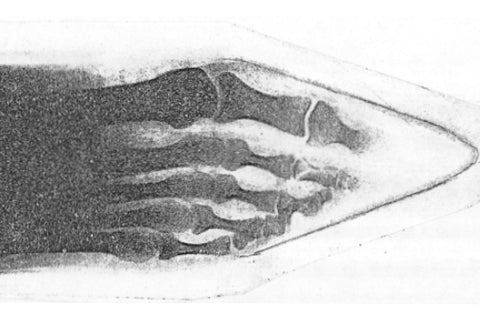Benefits of Wide Toe Boxes for Hiking

Dr. Robyn and I were reminded on a recent hike of the importance of wide toe box footwear and natural toe splay for foot comfort and injury prevention. The combination of Correct Toes toe spacers and men's and women's wide toe box footwear is extremely helpful in preventing the foot and knee problems that plague so many trekkers,... Read more












